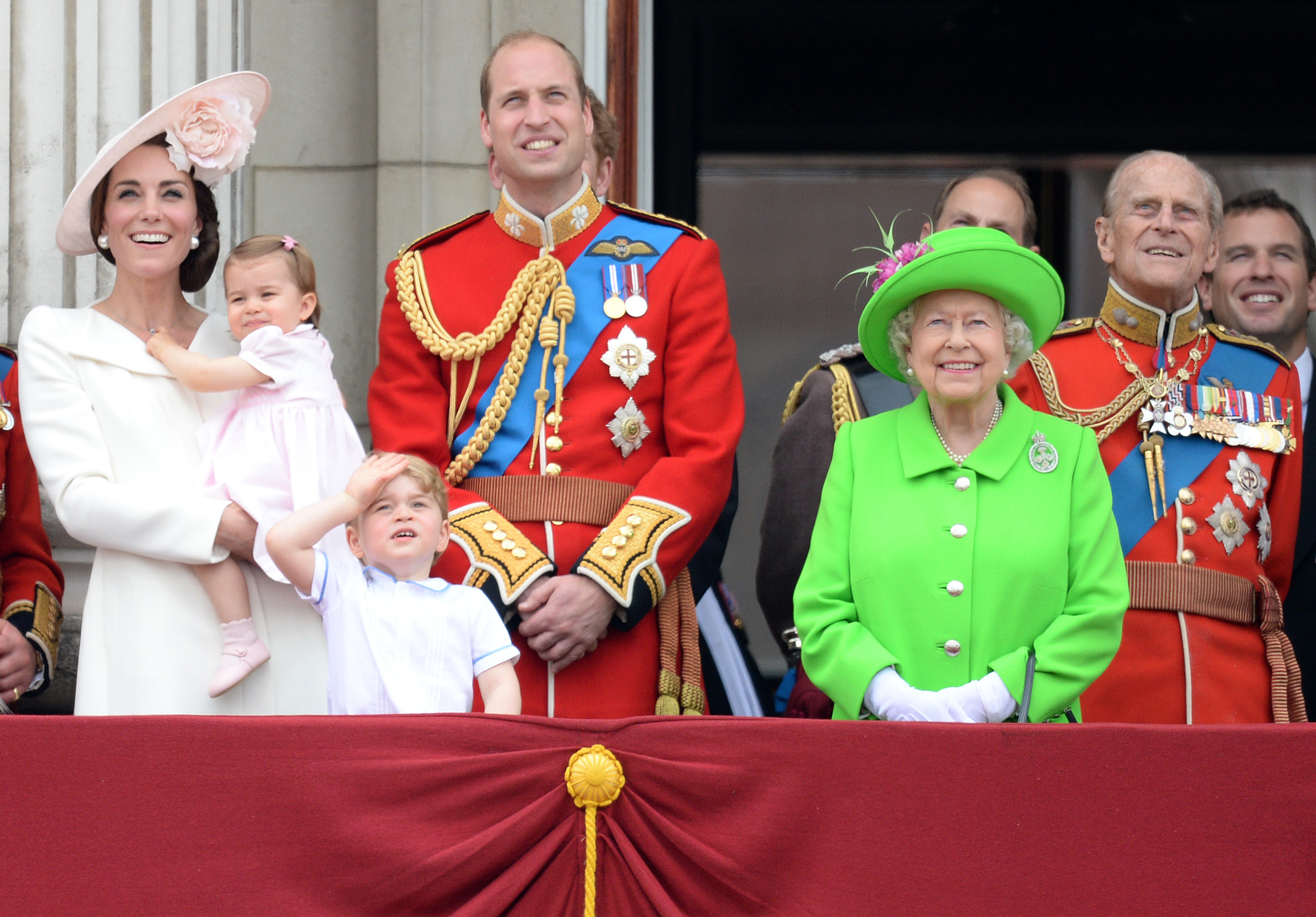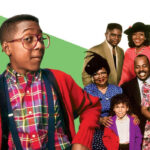When Meghan Markle joined the British Royal Family by marrying Prince Harry, questions arose about her new surname. While “Mountbatten-Windsor” could have become her official last name, the reality of royal surnames is more nuanced and less frequently used than many might think. The British royals operate under a unique naming system, one where last names are less about everyday use and more about formal lineage and historical significance. So, what is the actual last name of the British Royal Family, and why don’t we hear it more often?
 Trooping The Colour 2016
Trooping The Colour 2016
The official website of the royal family clarifies that members can be known by the name of their Royal house and a surname, but often, they forgo a surname entirely. This tradition stems from their historical prominence; for centuries, British royals were so widely recognized that a last name was simply unnecessary. Think of it like this: everyone knows “the Queen,” you don’t need to specify “Queen Windsor” for clarity.
Technically, Prince Harry’s full name could be Henry Charles Albert David Mountbatten-Windsor, and Meghan, upon marriage, could have become Rachel Meghan Mountbatten-Windsor. However, the surname is typically reserved for situations where a last name is absolutely required, particularly for royals without a formal title, like young Archie. For everyday use and public recognition, their titles and first names suffice.
Interestingly, members of the Royal Family also utilize surnames derived from their royal titles. Prince William and Prince Harry, for instance, were known as William Wales and Harry Wales during their school and military years, taking “Wales” from their father, Prince Charles’ title, the Prince of Wales. Similarly, Prince George has used “Cambridge” as a surname at school, reflecting his father Prince William’s title, the Duke of Cambridge. This practice highlights the flexibility and context-dependent nature of royal surnames. In essence, when addressing a royal, using their first name combined with their title remains the most appropriate and safest approach.
Queen Elizabeth II and the Windsor Surname
Queen Elizabeth II, born Princess Elizabeth Alexandra Mary Windsor, inherited the surname Windsor directly through her lineage. She was born into the House of Windsor, the royal house established by her grandfather, King George V. Her father was the Duke of York, later King George VI, and her mother became Queen Elizabeth the Queen Mother. Elizabeth’s path to the throne began when her father became King in 1936 after the abdication of his brother, Edward VIII. Therefore, if a last name was strictly necessary for Queen Elizabeth II, it would indeed be Windsor.
The Historical Shift to Windsor
The surname Windsor itself has a fascinating history. While Queen Elizabeth II was born with the name Windsor, this wasn’t always the royal family’s designation. Prior to 1917, the British royal house was known as Saxe-Coburg-Gotha, a German name inherited from Queen Victoria’s husband, Prince Albert. However, with the rise of anti-German sentiment during World War I, King George V made a strategic decision. In 1917, he officially changed the name of the royal house to Windsor. This wasn’t just a change of house name; Windsor was also declared the official surname for the British Royal Family going forward.
Before 1917, royals were primarily identified by their first name and the house or dynasty they belonged to, such as the Tudors or the Hanoverians. Queen Victoria, for example, was of the House of Hanover. The adoption of Windsor marked a significant shift, providing a distinctly British surname for the royal family during a period of national and international upheaval.
 Royal Couple
Royal Couple
Later, Queen Elizabeth II, after marrying Lieutenant Philip Mountbatten (who became Prince Philip) in 1947 and ascending to the throne in 1952, further modified the surname. To honor her husband and his family name, she declared that her descendants, specifically those in the male line, would carry the hyphenated surname Mountbatten-Windsor. This adjustment recognized Prince Philip’s contribution to the royal family and integrated his surname into their official nomenclature.
Today, Windsor remains the last name of the British Royal Family. However, “Mountbatten-Windsor” is the specific surname used by descendants of Queen Elizabeth II through the male line when a surname is required. This hyphenated name represents a blend of the royal house name and the surname of Queen Elizabeth II’s husband, acknowledging both the historical Windsor lineage and the modern royal family’s personal history. The declaration in the Privy Council stipulated that The Queen’s descendants, without the style of Royal Highness and the title of Prince/Princess, or female descendants upon marriage, would use Mountbatten-Windsor. This carefully constructed naming system reflects the complex history and evolving traditions of the British Royal Family.


